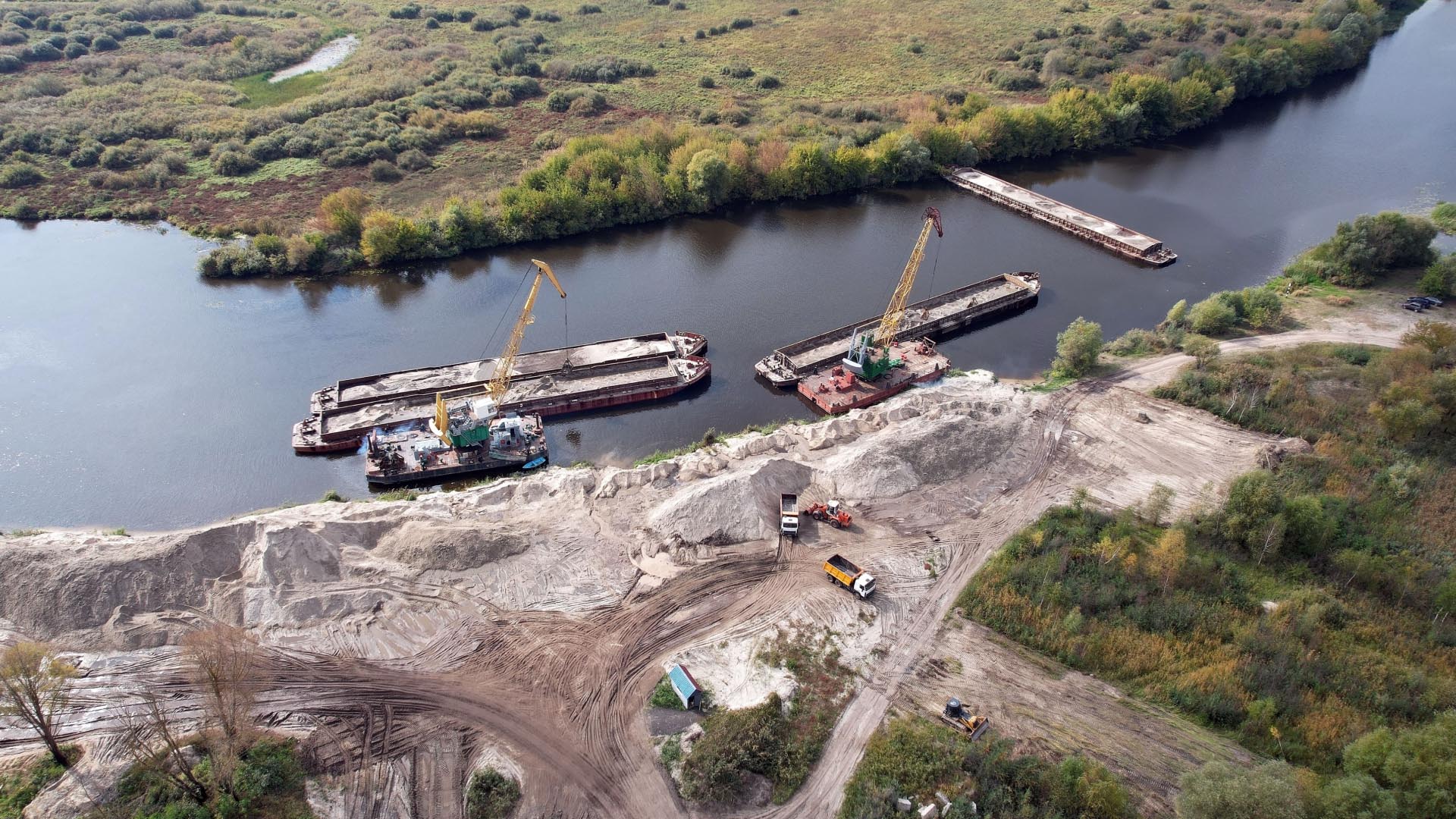Common Technical Difficulties in Dredging Operations
Dredging operations, crucial for maintaining navigable waterways, ports, and harbors, present several technical challenges. Addressing these challenges requires a combination of innovative solutions, advanced technologies, and practical experience. This article explores common technical difficulties in dredging, advancements in overcoming these challenges, and case studies of complex dredging projects.
- Sediment Characteristics and Handling
- Problem: Different sediments (e.g., sand, silt, clay, gravel) have varying physical properties, affecting dredging efficiency and equipment wear.
- Solution: Understanding sediment characteristics through pre-dredging surveys helps in selecting appropriate dredging equipment and techniques. Cutter suction dredgers, trailing suction hopper dredgers, and mechanical dredgers are chosen based on sediment type.
- Equipment Wear and Tear
- Problem: Dredging equipment, especially cutting tools and pumps, faces significant wear due to abrasive sediments and debris.
- Solution: Using wear-resistant materials (e.g., high-chromium steel) and regular maintenance schedules extends equipment lifespan. Innovations like the use of ceramic coatings on pump impellers have also proven effective.
- Environmental Impact
- Problem: Dredging can disturb aquatic ecosystems, releasing pollutants trapped in sediments and causing turbidity.
- Solution: Employing environmentally friendly dredging techniques, such as silt curtains and real-time monitoring, minimizes the impact. Implementing adaptive management practices ensures compliance with environmental regulations.
- Precision and Accuracy
- Problem: Achieving precise dredging depths and accurate sediment placement is challenging, especially in dynamic marine environments.
- Solution: Advanced positioning systems (e.g., GPS, LiDAR) and automated dredging controls enhance precision. Real-time data integration and monitoring systems help adjust operations as needed.
- Logistics and Disposal
- Problem: Efficiently transporting and disposing of dredged material, especially contaminated sediments, poses logistical challenges.
- Solution: Utilizing specialized vessels for material transport and identifying suitable disposal sites or beneficial reuse options (e.g., land reclamation) streamline logistics. Treating contaminated sediments on-site reduces transportation risks.
Advances in Overcoming Technical Challenges
- Hydrographic Surveying and Monitoring
- Advancement: Modern hydrographic surveying techniques, including multibeam sonar and side-scan sonar, provide detailed underwater maps, aiding in planning and executing precise dredging operations.
- Impact: These technologies enhance pre-dredging assessments, reduce uncertainties, and improve project outcomes.
- Automation and Robotics
- Advancement: Automation in dredging, including autonomous dredgers and remotely operated vehicles (ROVs), increases efficiency and safety.
- Impact: Automated systems reduce human error, optimize dredging processes, and enable operations in hazardous environments.
- Material Separation Technologies
- Advancement: Advanced separation technologies, such as hydrocyclones and centrifuges, improve the efficiency of separating sediments from water.
- Impact: These technologies enhance the quality of dredged material, facilitating easier disposal or reuse and reducing environmental impacts.
- Eco-Friendly Dredging Techniques
- Advancement: Eco-dredging methods, like water injection dredging and silt-mitigation systems, minimize environmental disruption.
- Impact: These techniques allow for sustainable dredging practices, preserving marine habitats and ensuring regulatory compliance.
Case Studies of Complex Dredging Projects
- Port of Rotterdam Expansion
- Challenge: Expanding one of the world’s largest ports required dredging significant volumes of sediment while minimizing environmental impacts.
- Solution: Advanced surveying and monitoring technologies were employed, along with eco-friendly dredging techniques. Real-time data integration allowed for adaptive management.
- Outcome: The project was completed efficiently, with minimal environmental disruption, enhancing the port’s capacity and economic significance.
- Suez Canal Widening
- Challenge: The Suez Canal’s expansion aimed to accommodate larger vessels, requiring precise dredging in a busy waterway.
- Solution: Automation and robotics played a key role, with dredgers equipped with GPS and real-time monitoring systems ensuring accuracy. Specialized equipment was used to handle different sediment types.
- Outcome: The project was executed successfully, improving the canal’s capacity and reducing transit times for global shipping.
- Hudson River PCB Remediation
- Challenge: Dredging the Hudson River to remove polychlorinated biphenyls (PCBs) from contaminated sediments posed significant environmental and logistical challenges.
- Solution: Intensive pre-dredging surveys, real-time monitoring, and adaptive management practices ensured precision. Contaminated sediments were treated on-site and safely disposed of.
- Outcome: The remediation project successfully reduced PCB levels in the river, improving water quality and ecological health.
Conclusion
Dredging operations, essential for maintaining and expanding waterways, face numerous technical challenges. Addressing these challenges requires innovative solutions, advanced technologies, and practical experience. From handling diverse sediment types to minimizing environmental impacts and ensuring precision, the industry continues to evolve. Case studies like the Port of Rotterdam expansion, Suez Canal widening, and Hudson River remediation showcase the successful application of advanced techniques in complex dredging projects. As technology advances and best practices develop, the dredging industry will continue to overcome its technical challenges, contributing to global maritime infrastructure and environmental health.
